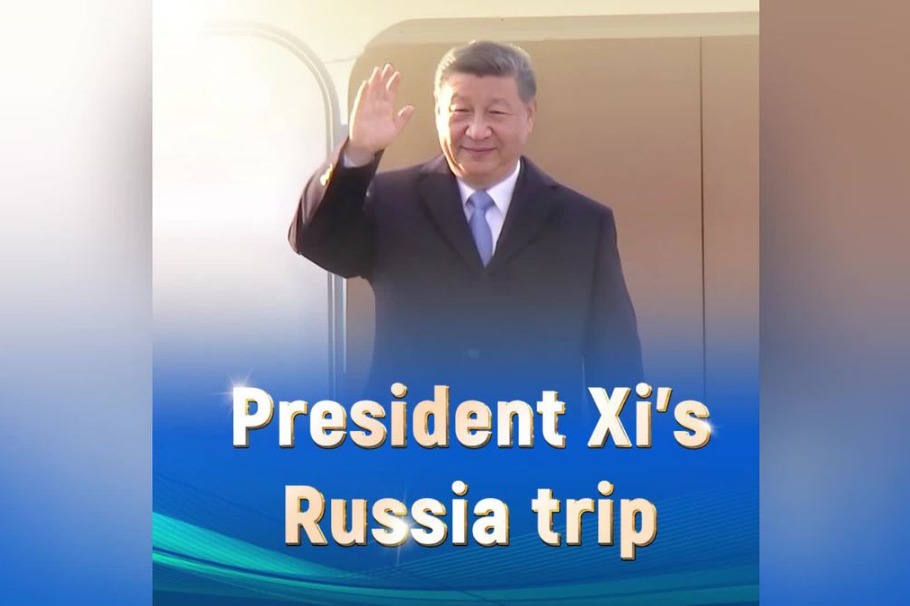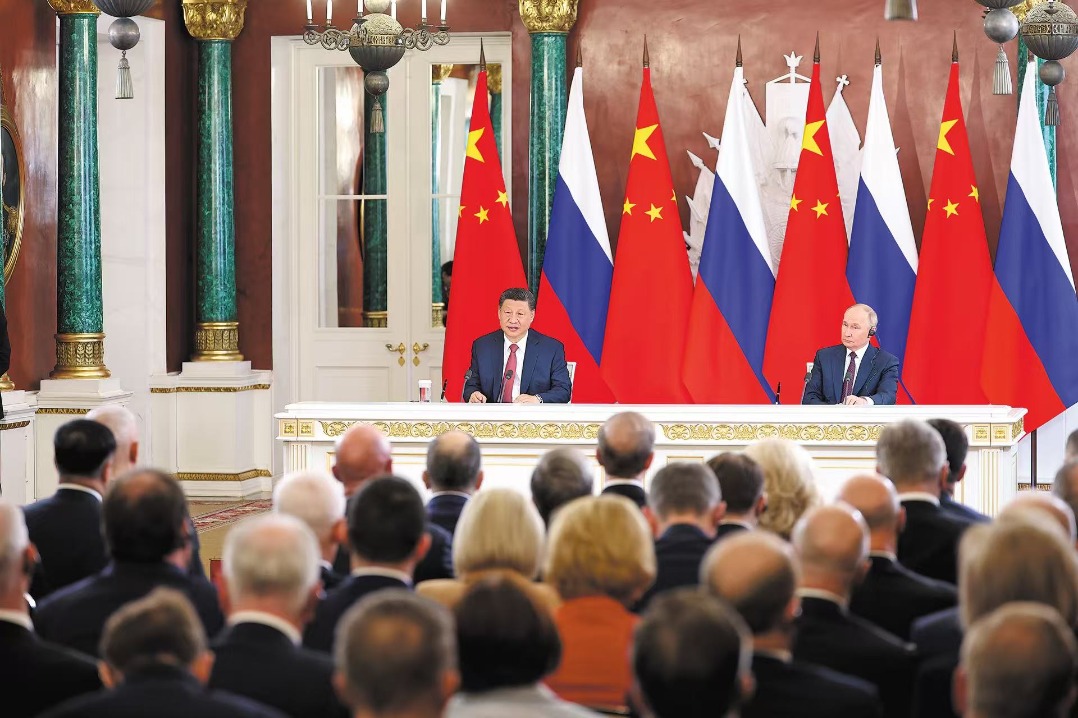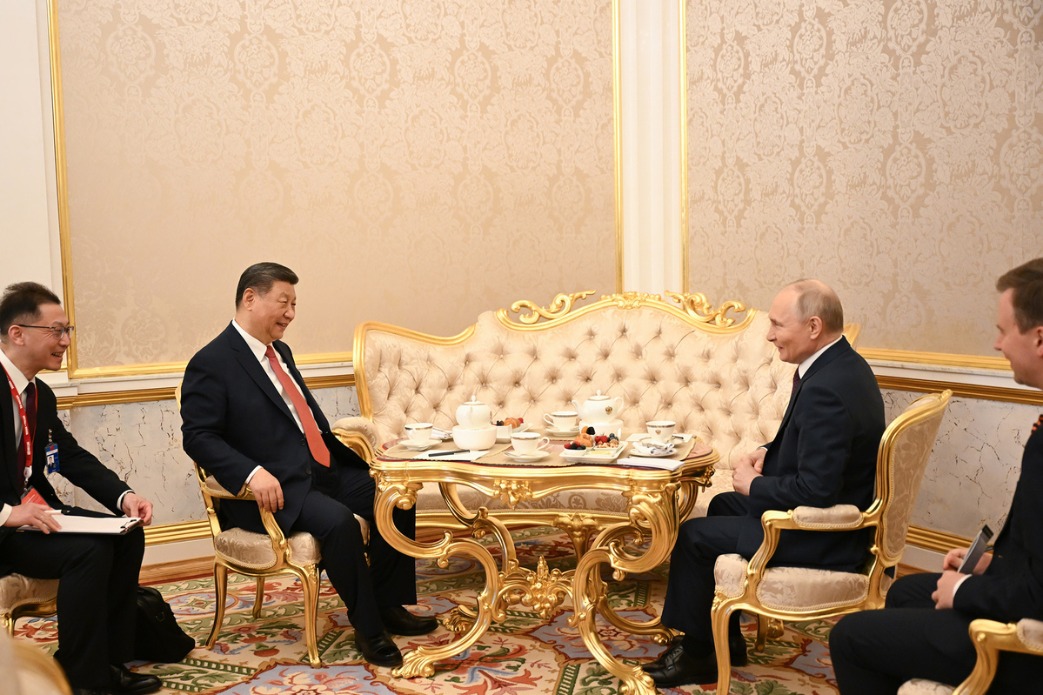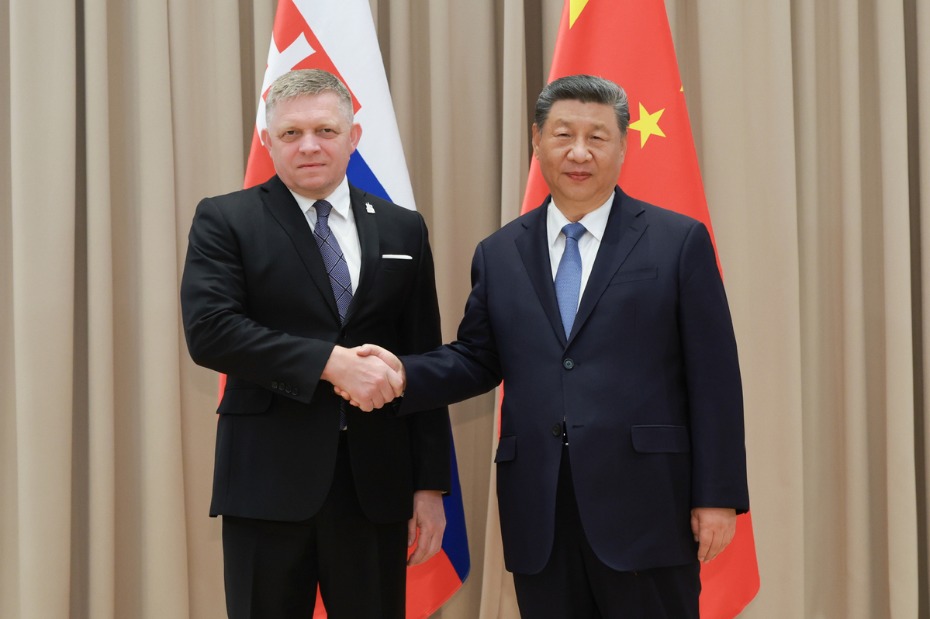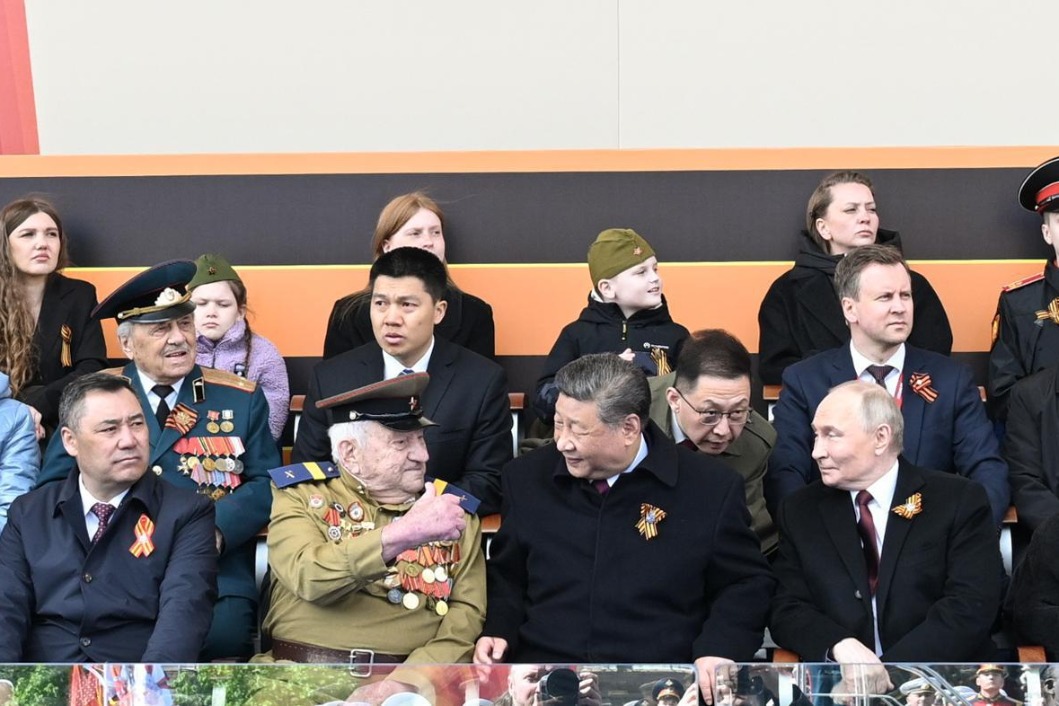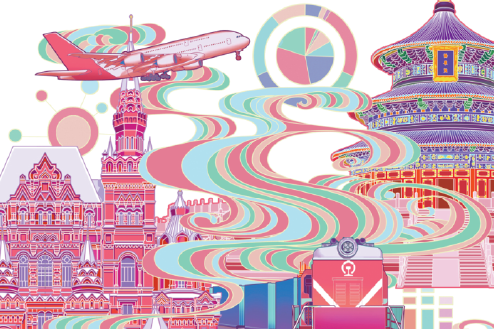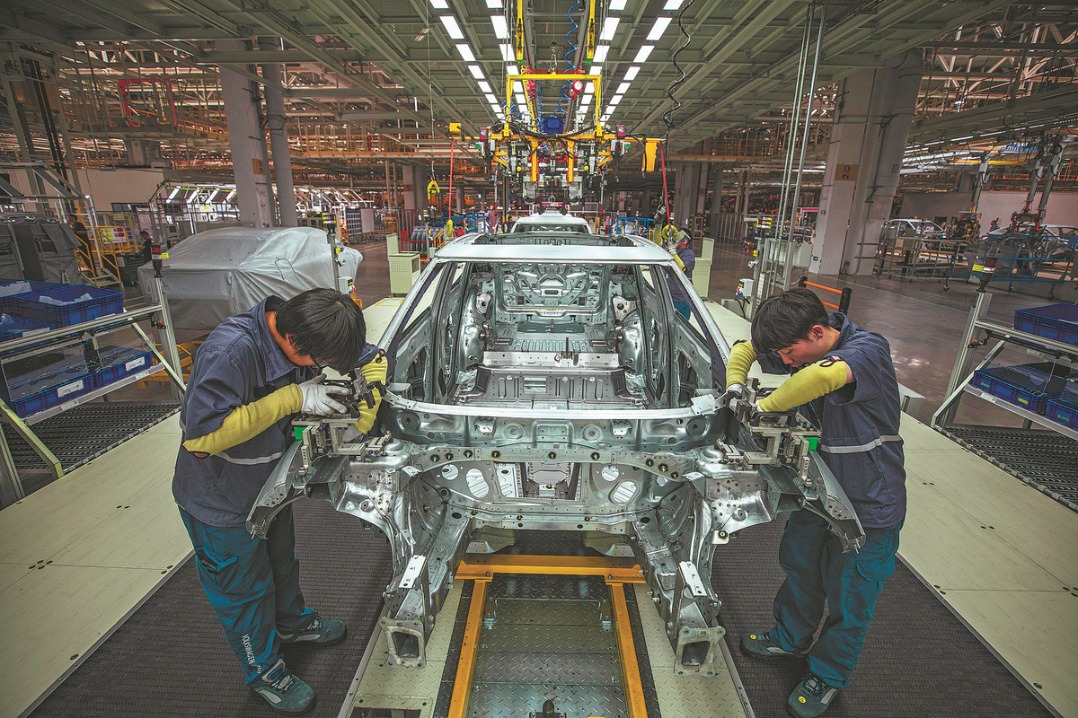Growing synergy

Agricultural cooperation between China and the US would help improve the well-being of people worldwide and promote global development
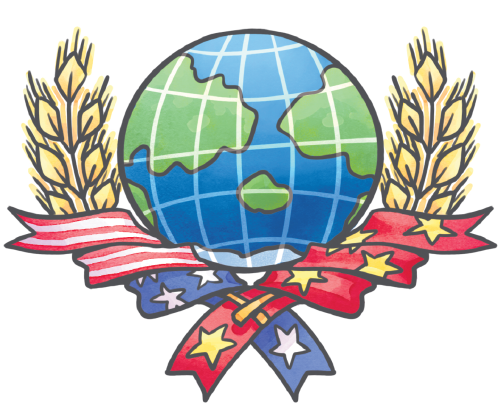
There is no doubt that China and the United States have provided useful experience in agricultural development for human progress, especially for developing countries. The US leads the world in agricultural modernization and output, and China is transitioning from smallholder farming to modern agriculture, having made huge progress in agriculture since the launch of reform and opening-up, not only feeding 1.4 billion people, but also laying a material foundation for poverty alleviation and a moderately prosperous society in all respects.
Despite the two countries' success, however, 700 million people worldwide are still threatened by hunger. Exacerbated by the pandemic, the global malnourished population is expected to grow to between 83 million and 132 million people this year. If this trend continues, it will be difficult to achieve the "Zero Hunger" objective in the United Nations Sustainable Development Goals 2030. The international community needs to work together to avoid a major humanitarian disaster. China and the US, as the world's two largest economies, should shoulder greater responsibility to tackle the hunger problem faced by mankind.
A stable global agricultural market is indispensable in today's world. At present, the malnourished mainly live in developing countries, especially the least-developed countries, where agricultural production is very vulnerable and slight price fluctuations may have huge negative impacts. When international agricultural prices rise, import costs will increase, and the poor will not be able to afford food; when prices fall, domestic production systems will be destroyed, which leads to the bankruptcy of enterprising smallholder farmers.
China is the world's biggest agricultural importer and the US the largest exporter. As such, China-US agricultural trade should act as a stabilizer for the global agricultural market.
China-US agricultural cooperation is in line with historical trends and the fundamental interests of both countries.
Apart from agricultural trade, there is broad space for cooperation between China and the US, including bilateral agricultural investment, agricultural science and technology cooperation, and personnel exchanges. Since a US-China Business Council delegation visited China in 1976, US agricultural investment in China has been on the rise. In fact, in addition to established businesses such as Bunge, Cargill and Tyson, the US agricultural industrial chain is deeply intertwined with China's, and its investment in agricultural inputs such as breeding, agrochemistry and agricultural machinery in China continues to grow.
It was proposed at the Fifth Plenary Session of the 19th Communist Party of China Central Committee that China will "build a new economic system that is more open to the outside world", which also provides space for greater opening-up in the agriculture sector, which is bound to benefit more US investors.
In comparison, China's agricultural investment in the US has been modest. According to the Report on China's Agricultural Foreign Investment Cooperation 2019, it was $20 million in 2018, with existing investment totaling $140 million, accounting for less than 1 percent of China's outbound agricultural investment. Obviously, it is easier for the US to reap the greater benefits from China-US agricultural cooperation.
Since the Green Revolution, agricultural progress has been underpinned by the development of agricultural science and technology and the global agricultural market. Future agricultural development will increasingly rely on large or even ultra-large inputs and markets. The Netherlands, Israel and Japan, as top performers in agricultural science and technology, survive and thrive mostly in niche and differentiated markets, such as gardening, dry farming and other technologies. Revolutionary technologies of great significance, however, are always born from commodities and huge market systems. At present, the US has the most advanced corn and wheat breeding technology, and China leads the world in rice breeding technology. Without enough upfront input or a huge enough market, there will be no impetus for advancing modern agriculture.
In the 1990s, soybean yield in the US was about 2.5 metric tons per hectare, which was kept until 2003 and has increased ever since due to the rise in Chinese imports, which were 3.2 tons per hectare in 2019, and a record 3.5 tons per hectare in 2016. As we all know, increases in per hectare yield are mainly attributable to agricultural science and technology advancement, which is materialized through the soybean export market.
Globally, only China and the US are capable of investing heavily in agricultural science and technology and blessed with large enough markets. But neither country can achieve greater agro-tech breakthroughs based only on their own market. Without the Chinese market, it is impossible for global soybean technology to make such a big breakthrough in such a short time frame.
Agricultural production and food supply have constantly increased. Even so, there is still huge room for imagination in agriculture. The novel coronavirus and African swine fever remind us that so-called modern agriculture may only be human conceit, and we are not as strong as we like to think in transforming nature. It is thus incumbent on China and the US to look at the broad picture.
China and the US share common interests in many fields, such as trade, investment, science and technology, and also face common problems. Only by embracing cooperation can the two countries create synergy. Only with synergy can we advance global agriculture and change the destiny of mankind. That is even more so when the complete picture of economic and social development is borne in mind.
The author is a researcher at the Rural Development Institute of the Chinese Academy of Social Sciences. The author contributed this article to China Watch, a think tank powered by China Daily. The views do not necessarily reflect those of China Daily.
If you have a specific expertise and would like to contribute to China Daily, please contact us at opinion@chinadaily.com.cn, and comment@chinadaily.com.cn.

















